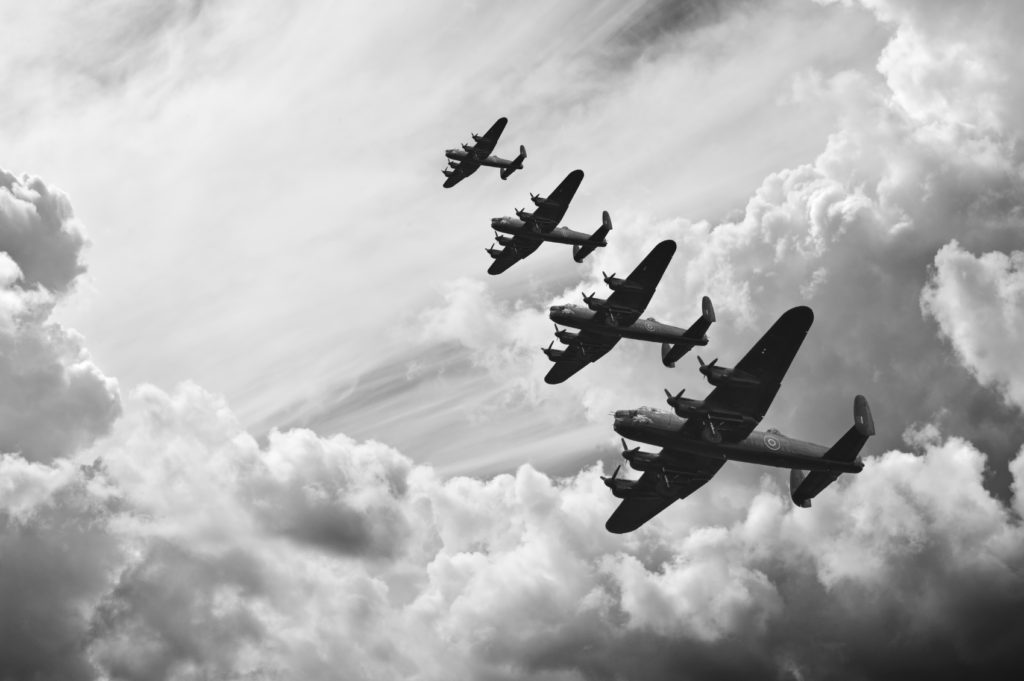Table of Contents
Pearl Harbor, Japan, and the Pacific Theater
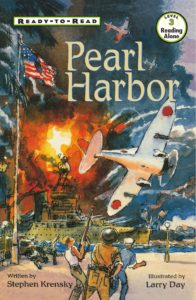 |
Stephen Krensky’s Pearl Harbor (Simon Spotlight, 2001) in the Ready-to-Read series is a simple account of the Japanese attack on Pearl Harbor and the United States’ entry into World War II for ages 6-9. |
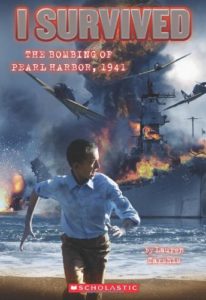 |
By Lauren Tarshis, in I Survived the Bombing of Pearl Harbor, 1941 (Scholastic, 2011), eleven-year-old Danny is alone on the beach in Hawaii when the Japanese forces arrive. An exciting and catchy read for ages 7-10. Other World War II themed books in this extensive series include I Survived the Nazi Invasion, 1944 and I Survived the Battle of D-Day, 1944. |
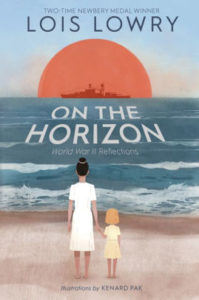 |
Lois Lowry’s On the Horizon (Houghton Mifflin Harcourt, 2020) was inspired by an old home movie, in which Lowry realized that her father had not only filmed her as a toddler playing on a Hawaiian beach, but – in the distance – the USS Arizona heading for its berth at Pearl Harbor. The book is a haunting and beautiful collection of poems connecting the first and last bombings of America’s World War II, at Pearl Harbor and Hiroshima. For ages 9 and up. |
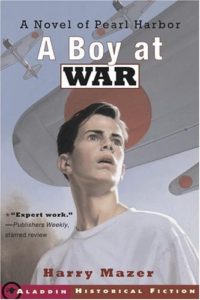 |
By Harry Mazer, A Boy at War (Simon & Schuster, 2002) is the story of Pearl Harbor from the standpoint of main character Adam, whose father is a navy lieutenant on board the USS Arizona. For ages 10-14.
|
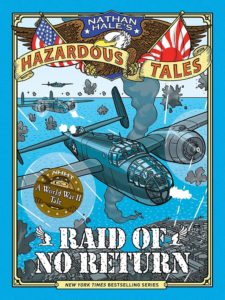 |
In Nathan Hale’s Hazardous Tales series, Raid of No Return (Harry N. Abrams, 2017) is the story of the Doolittle Raid on Tokyo in 1942, in retaliation for Pearl Harbor. This was America’s first strike against the Japanese archipelago. In graphic novel format for ages 8-13.
|
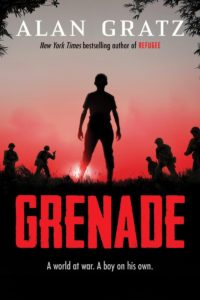 |
Alan Gratz’s Grenade (Scholastic, 2019) is set in 1945 during the Battle of Okinawa. Thirteen-year-old Hideki has been drafted into the Blood and Iron Student Corps of the Japanese army, given a grenade, and told to use it to kill an American soldier. Ray, a young American Marine, has just landed on Okinawa for his first action of the war. Inevitably the two boys meet. A look at the brutality and moral cost of war for ages 9-12. |
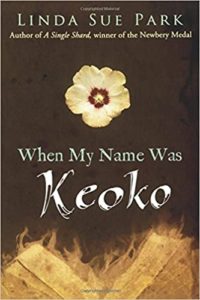 |
In Linda Sue Park’s When My Name Was Keoko (Houghton Mifflin Harcourt, 2012), set in Korea during World War II, the country is occupied by the Japanese and the Korean language and culture are forbidden. With the advent of war, Sun-hee’s family discovers that Koreans are expected to fight on the side of the hated Japanese – and her beloved uncle is a member of the Korean resistance. For ages 9-12. |
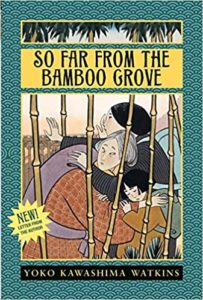 |
In Yoko Kawashima Watkins’s So Far from the Bamboo Grove (HarperCollins, 2008), a fictionalized memoir told in the first person, Korea is in the final days of World War II, with the Koreans determined to take back their country and end the brutal Japanese occupation. Eleven-year-old Yoko and her Japanese family must flee to Japan – a country Yoko barely knows. For ages 8-12. |
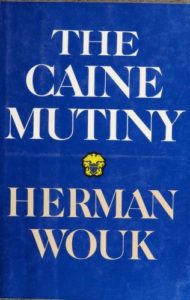 |
Herman Wouk’s The Caine Mutiny (Back Bay Books, 1992) is set on a Navy warship in the Pacific theater, where officers lead a mutiny against the autocratic and paranoid Captain Queeg. The result is a problematic court martial – was the mutiny a criminal act or a responsible move to save the ship from an unstable captain? A good discussion book for teens and adults. |
|
Find out how The Caine Mutiny influenced the drafting of the 25th Amendment here. |
|
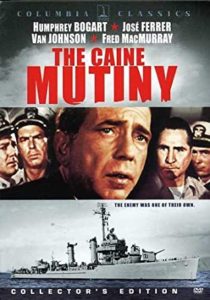 |
In the movie version of The Caine Mutiny (1954), Humphrey Bogart plays Captain Queeg. Not rated.
|
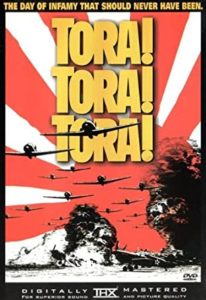 |
Tora! Tora! Tora! (1970) is a dramatic account of the days leading up to the Pearl Harbor attack, both in Japan and in the United States, followed by the attack itself. A final scene shows Pearl Harbor in flames, with Japanese Admiral Yamamoto saying, “I fear all we have done is to awaken a sleeping giant and fill him with a terrible resolve.” Rated G.
|
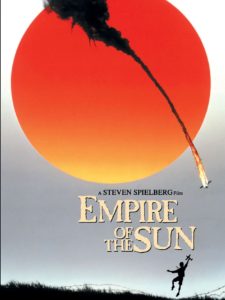 |
In Empire of the Sun (1987), directed by Steven Spielberg, a privileged young boy is separated from his parents during the Japanese invasion of Shanghai and ends up in an internment camp. Rated PG. |
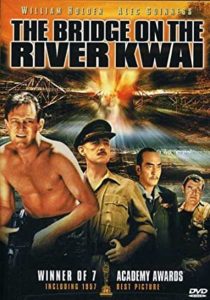 |
In The Bridge on the River Kwai (1957), British prisoners of war are forced by the Japanese to build a bridge for the Burma-Siam railway. At first they plan to sabotage the bridge; then, under the leadership of the British Colonel Nicholson, the bridge becomes a monument to prisoner morale. Rated PG. |
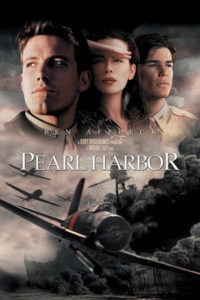 |
Pearl Harbor (2001) follows a pair of childhood friends, Rafe and Danny, and a Navy nurse, through the day of the Japanese attack in December, 1941. Some romance and a lot of bombs. Rated PG-13.
|
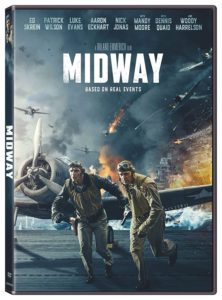 |
Midway (2019) is the story of the Battle of Midway between the American fleet and the Imperial Japanese Navy, a pivotal point in the Pacific theater, with scenes of participants on both sides. Rated PG-13. |
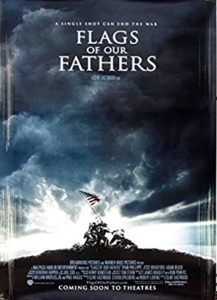 |
Directed by Clint Eastwood, Flags of Our Fathers (2006) is the story of the six men who raised the American flag on the island of Iwo Jima. Rated R for bloody scenes of battle and bad language.
|
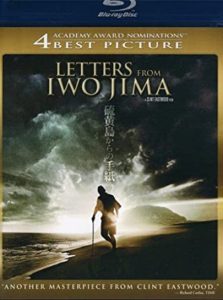 |
Also by Eastwood, Letters from Iwo Jima (2006) is the story of the battle of Iwo Jima from the perspective of the Japanese, after a modern-day crew digs up a pack of letters written by Japanese soldiers. Rated R, primarily for violent scenes of combat.
|
